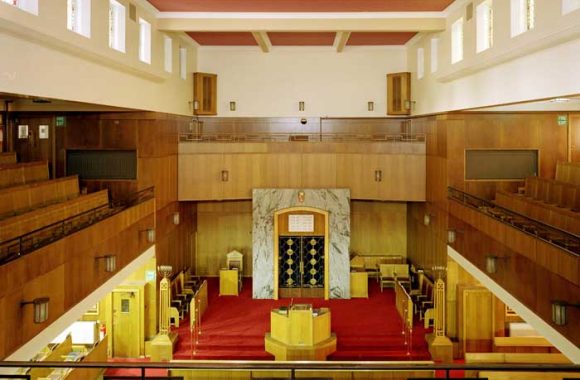Two Manchester buildings, both scheduled to be knocked down as part of the plans to redevelop the Jackson Row area of the city centre, have been put on a list of buildings at risk.
The Reform Synagogue and the Bootle Street Police station would both be demolished if the plans for the development backed by former Manchester United stars Gary Neville and Ryan Giggs were passed.The buildings of two out of ten that the Twentieth Century Society has put on its endangered list.
Catherine Croft, Director of C20 Society. “We are witnessing the death of idealism and public spiritedness which underpinned so much of the best architecture of the 20th Century.”
“Keeping a list like this helps the charity demonstrate how severe the threat is to some of the very best examples of the architecture of our period, and ensures that some of its longest and most intractable cases do not fade from view. It also serves to underline the fact that it is constantly campaigning for buildings of many different styles and dates, and provides a context for individual examples.”
The Synagogue was designed by the architects Levy and Cummings and is of particular historic interest as it was the first new post-war building to be constructed in the city after the Second World War, funded by war reparations.
It is, says the 20th-century society, almost completely intact internally, and notable for containing some of the earliest examples of figurative stained glass in a Jewish place of worship. The Society has submitted an application to have the building listed.
Bootle Street Police Station built in 1937, is a distinguished neo-classical building by the architect G. Noel Hill.
Also on the list are the iconic BHS Stockport murals, situated on the outside of the building and comprises five concrete panels with brightly coloured mosaic, depicting the history of the town across six centuries. The work was designed by Henry Collins and Joyce Pallot, who were leading proponents of historically themed post-war concrete murals. They are at risk, says the Society, following Historic England’s recommendation to reject their applications to list as Grade II.







